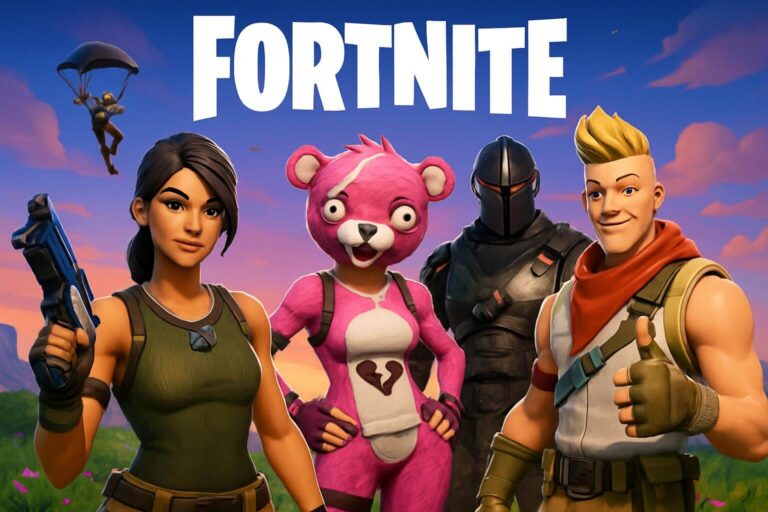
Killing Floor 3 is coming. And it’s not holding back. The series that built its name on fast-paced co-op survival is returning with sharper claws, smarter enemies, and a darker tone. The game builds on its blood-soaked legacy, but this time with a sinister future twist. Players won’t just fight for survival—they’ll fight to reclaim humanity’s last hope.
The World of Killing Floor 3 Is Not What It Seems
Set in the year 2091, Killing Floor 3 plunges players into a future gone wrong. The biotech megacorp Horzine has unleashed its army of Zeds—bioengineered nightmares designed to replace soldiers. But now they roam freely. Cities have collapsed, governments have failed, and resistance groups are all that remain.
You play as a member of Nightfall, an elite force trying to push back the infection. Missions involve tight urban combat, ruined labs, and underground strongholds. But this time, you’re not just cleaning up. You’re trying to shut Horzine down.
The narrative adds weight. There’s more world-building, better voice acting, and a grim tone that sets it apart from earlier entries. Killing Floor 3 blends action and lore in a way fans have wanted for years.
Killing Floor 3 Gameplay Brings Fear and Firepower
The core is still there. This is a first-person shooter at its heart. You and your squad face wave after wave of evolving Zeds. But everything’s bigger now. Enemies adapt. Bosses surprise. And weapon customization has taken a giant leap.
Each class now offers more skill paths. You can tweak loadouts mid-match, build synergy with teammates, and upgrade weapons on the fly. Environments are more interactive, with traps, breakable walls, and dynamic lighting that affects strategy.
Zeds are no longer mindless. They flank, bait, and ambush. Some even regenerate or shield their allies. This keeps the tension alive. You can’t just stand your ground anymore—you need to move, plan, and think like a team.
More Than Just Gore: Visuals and Upgrades
Killing Floor 3 runs on Unreal Engine 5. That means every gush of blood, every crumbling wall, and every flash of gunfire looks real. It’s gritty. It’s violent. But it’s also polished. Lighting effects change the mood from room to room. Shadows hide threats. Mist thickens the panic.
Sound design has levelled up, too. Guns feel weighty. Zeds screech and howl in ways that get under your skin. The music kicks in with synth-metal chaos, turning each round into a battlefield opera.
There’s also a new enemy class teased—giant mechanized Zeds that act like mini-bosses. They drop in at random, causing chaos mid-wave. These aren’t scripted events. They’re part of the new dynamic challenge system.
What Killing Floor 3 Means for the Series
This isn’t just another sequel. Killing Floor 3 is a rebirth. It keeps the co-op roots but adds a tactical layer that was missing before. With its darker story, futuristic setting, and smarter mechanics, it’s clear the developers want more than just gore—they want depth.
It also signals a shift in tone. No more clown masks and goofy lines—now it’s desperate survival, high stakes, and real consequences. But fans of the old humour shouldn’t worry. The DNA of the series is still alive. It’s just been soaked in dread and sharpened for a new generation.
A closed beta is expected soon, with full release rumoured for 2025. Whether you’re a long-time fan or new to the series, Killing Floor 3 looks ready to rip expectations apart.
The fight isn’t over. It’s just beginning. And this time, it’s personal.



